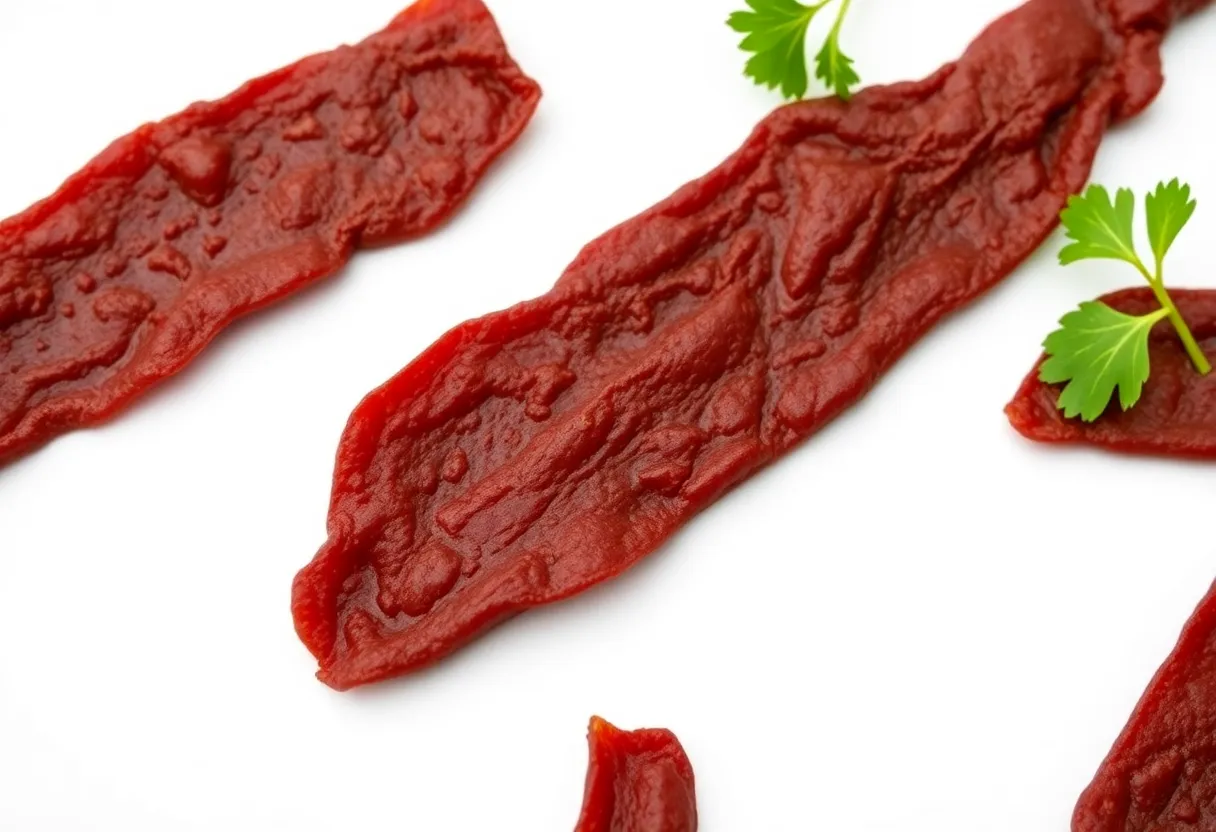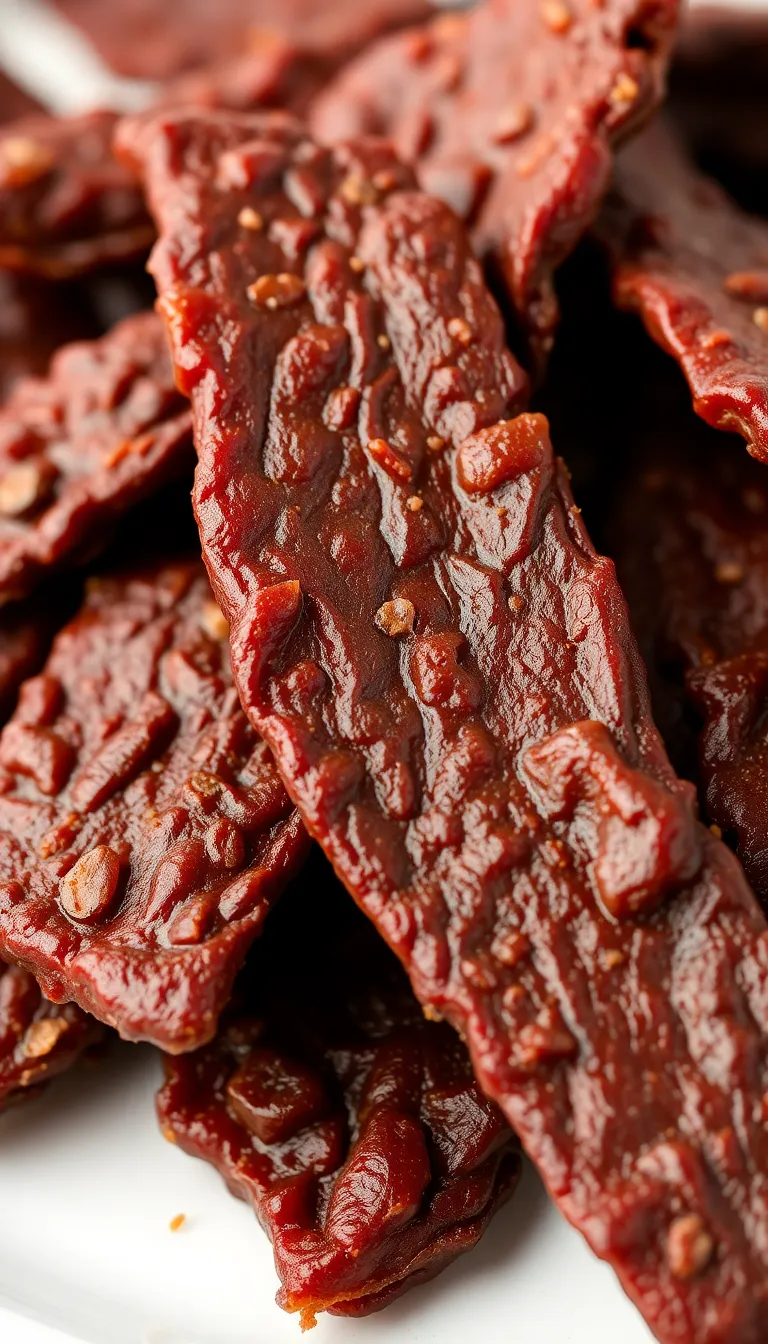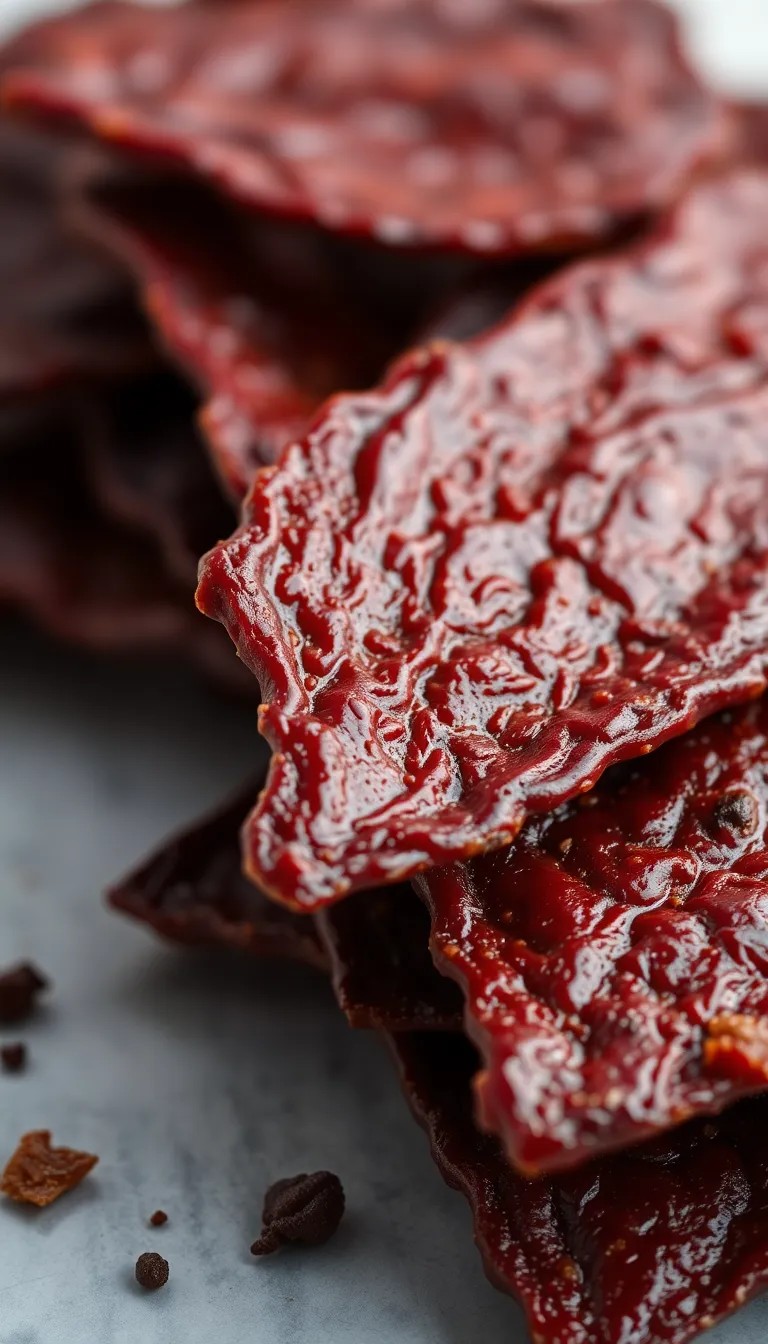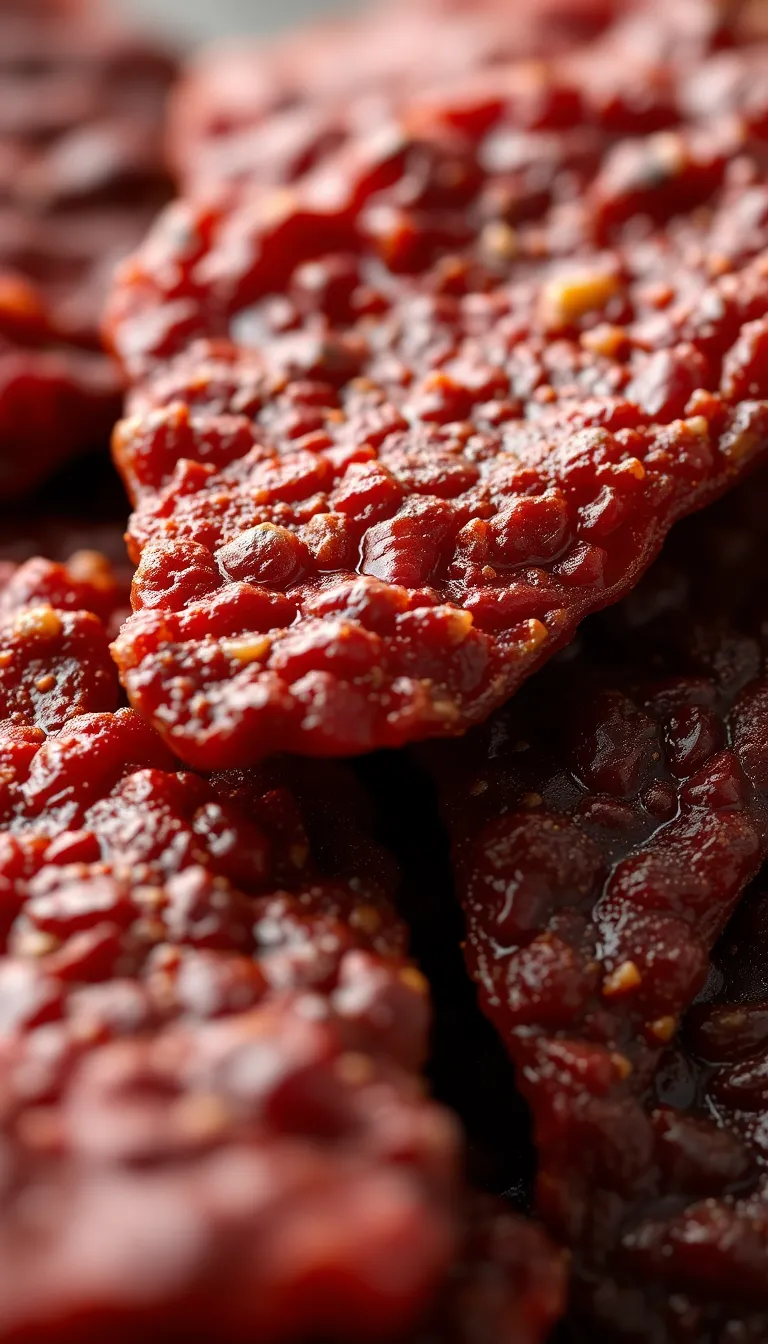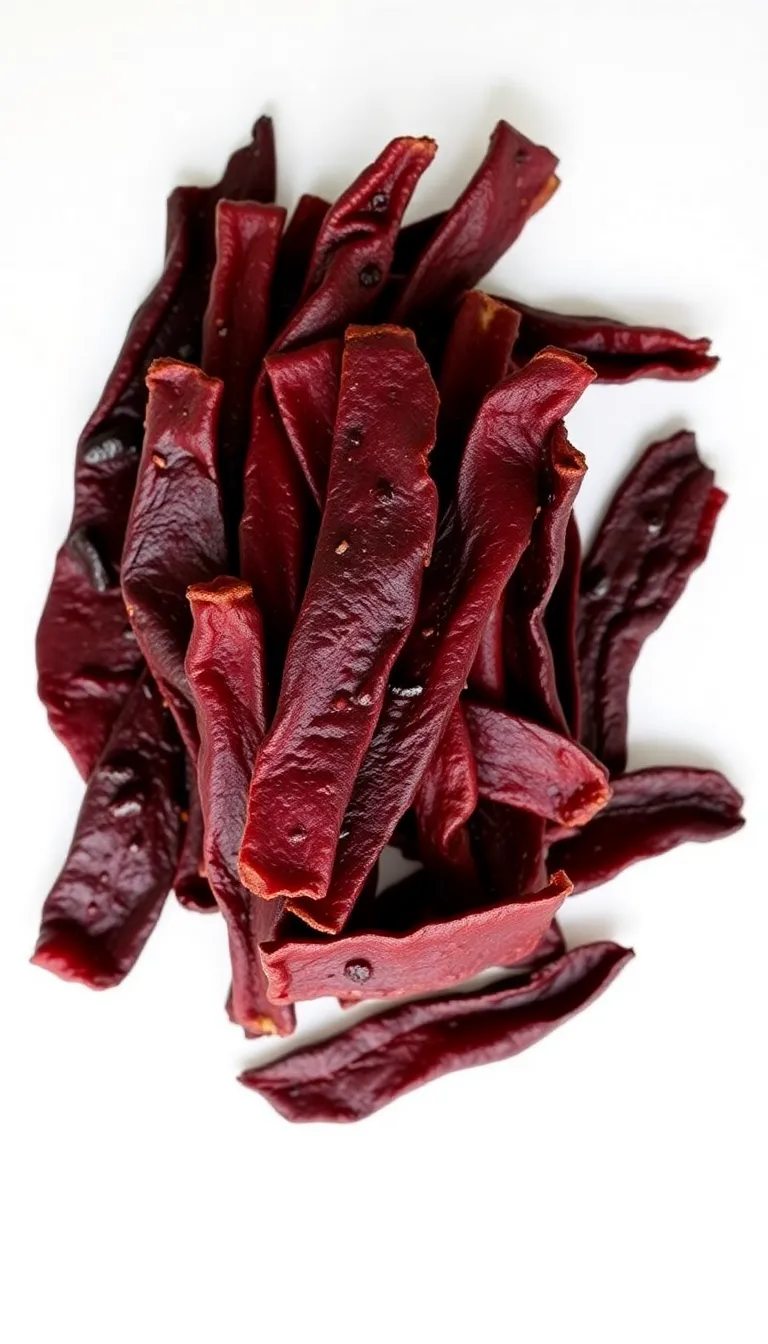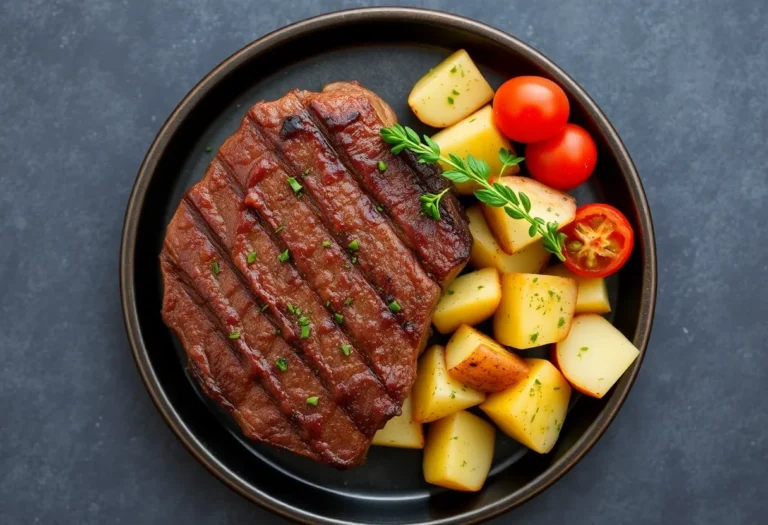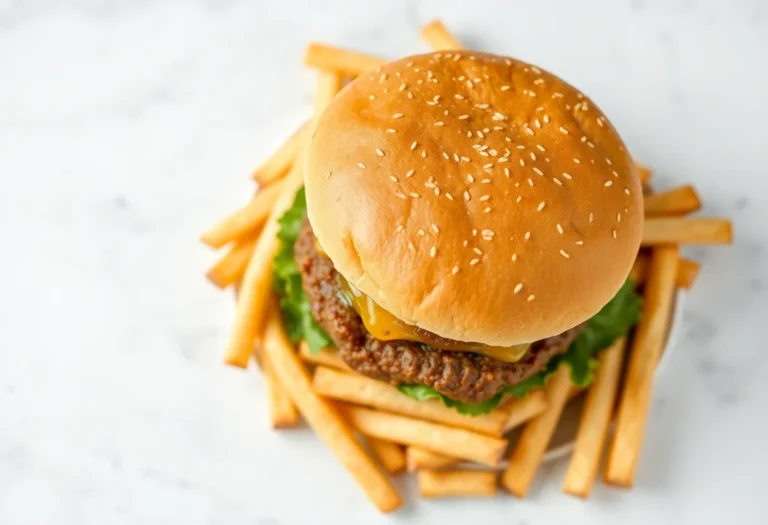Beef Jerky Recipe: The Only Guide You’ll Ever Need
You want beef jerky. Not the overpriced, preservative-packed garbage at the store. You want the real deal—thick, flavorful, and chewy enough to make your jaw work for it.
This recipe delivers. No fancy equipment, no weird ingredients, just meaty perfection. Why settle for less when you can make jerky that puts store-bought to shame?
Let’s get to it.
Why This Recipe Slaps
This isn’t just another jerky recipe. It’s stupidly simple but tastes like you spent days perfecting it. The marinade packs a punch with smoky, sweet, and spicy notes.
The texture? Ideal—firm but not leathery. Plus, you control the thickness, flavor, and saltiness.
Store-bought jerky wishes it had this much personality.
Ingredients You’ll Need
- 2 lbs lean beef (top round or flank steak works best)
- ½ cup soy sauce (low-sodium if you’re watching salt)
- ¼ cup Worcestershire sauce
- 2 tbsp liquid smoke (optional but highly recommended)
- 2 tbsp brown sugar
- 1 tbsp smoked paprika
- 1 tsp garlic powder
- 1 tsp onion powder
- ½ tsp black pepper
- ½ tsp red pepper flakes (adjust to taste)
Step-by-Step Instructions
- Freeze the beef for 1-2 hours. This makes slicing way easier. You’re welcome.
- Slice against the grain. Aim for ¼-inch thick strips. Too thick?
Chewy. Too thin? Crispy.
Neither is ideal.
- Mix the marinade. Whisk all the non-meat ingredients in a bowl. Taste it. Adjust spices if needed.
FYI, it should taste strong—the beef will mellow it out.
- Marinate the beef. Toss the slices in the marinade, cover, and refrigerate for at least 4 hours (overnight for maximum flavor).
- Dry the jerky. Use a dehydrator at 160°F for 4-6 hours or an oven on the lowest setting with the door slightly open. Check every hour after the 4-hour mark.
- Test for doneness. Bend a piece—it should crack but not snap. If it’s still too soft, give it more time.
How to Store Your Jerky
Store in an airtight container at room temp for up to 2 weeks.
For longer storage, toss it in the fridge (1-2 months) or freezer (6 months). Pro tip: Add a silica gel packet to keep moisture out. No one likes soggy jerky.
Why This Recipe Wins
Homemade jerky beats store-bought in every way. No mystery ingredients, no insane markup, and you customize the flavor.
It’s high-protein, low-carb, and perfect for snacks, hikes, or surviving meetings. Plus, making it yourself is oddly satisfying. Who knew drying meat could be so fun?
Common Mistakes to Avoid
- Using fatty cuts. Fat doesn’t dry well and can spoil faster.
Trim it.
- Overcrowding the dehydrator. Air needs to circulate. Give the slices space.
- Skipping the marinade taste test. If it’s bland now, it’ll be worse later.
- Overcooking. Jerky isn’t beef chips. Stop before it turns brittle.
Alternatives to Mix It Up
Bored already?
Try these twists:
- Turkey or venison: Lean and works great with the same marinade.
- Spicy version: Double the red pepper flakes or add a dash of hot sauce.
- Sweet version: Swap brown sugar for honey or maple syrup.
- Smoker method: If you have a smoker, use it. The flavor is next-level.
FAQs
Can I use ground beef for jerky?
Yes, but you’ll need a jerky gun or press to shape it. IMO, sliced beef tastes better.
Why is my jerky too tough?
You either sliced it too thin or overcooked it.
Next time, go thicker and check earlier.
Do I need liquid smoke?
No, but it adds that classic smoky flavor without a smoker. Worth it.
Can I make jerky without a dehydrator?
Absolutely. Use your oven on the lowest setting (usually 170°F) and prop the door open with a wooden spoon.
How do I know if my jerky is safe to eat?
If it’s dry, chewy, and stored properly, it’s fine.
If it smells off or feels slimy, toss it.
Final Thoughts
This recipe is foolproof. You get restaurant-quality jerky without the markup or weird additives. Once you try it, store-bought will taste like salty cardboard.
Now go forth and dehydrate like a pro.

